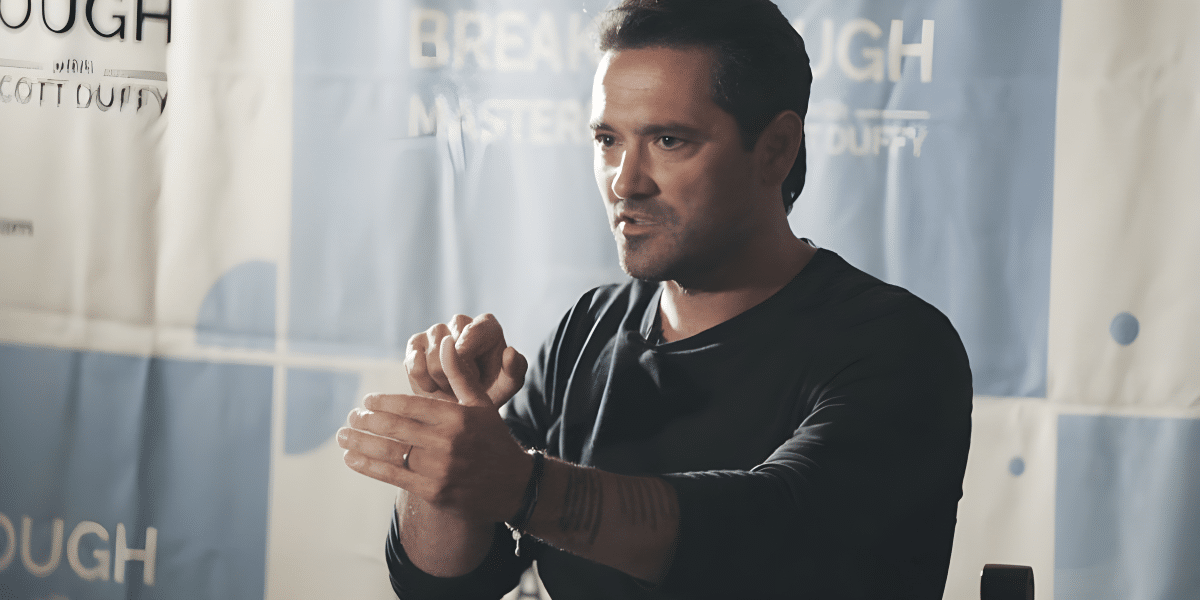Facial expressions are a powerful tool for actors, allowing them to convey a wide range of emotions and bring characters to life on stage and screen. From subtle nuances to dramatic gestures, mastering facial expressions is essential for creating authentic and compelling performances. In this article, we explore the importance of practicing facial expressions as an actor and techniques to enhance expressiveness in acting.
Understanding the Importance of Facial Expressions
Facial expressions play a crucial role in communication, conveying emotions, intentions, and reactions without the need for words. For actors, facial expressions are a primary means of connecting with audiences and immersing them in the world of the characters they portray. Whether conveying joy, sadness, anger, or fear, the ability to express emotions convincingly through facial expressions is essential for creating believable and impactful performances.
Developing Awareness of Facial Muscles
The first step in mastering facial expressions is developing awareness of the muscles in the face and how they contribute to different expressions. Actors should spend time studying the anatomy of the face, paying attention to how muscles contract and relax to create various facial movements. By understanding the mechanics of facial expressions, actors can learn to control their facial muscles more effectively and create a wider range of expressions with precision and intention.
Practicing Facial Exercises
Like any other muscle in the body, the facial muscles benefit from regular exercise to maintain flexibility and strength. Actors can incorporate facial exercises into their daily routines to improve control and coordination of facial movements. Simple exercises such as smiling, frowning, raising eyebrows, and scrunching the nose can help actors develop muscle memory and enhance their ability to express emotions naturally and convincingly.
Exploring Emotionally-Charged Scenarios
To deepen their understanding of facial expressions, actors should explore emotionally-charged scenarios and practice expressing a range of emotions in different contexts. This may involve improvisational exercises, scene work, or character studies that require actors to tap into their own emotions and translate them into facial expressions. By experimenting with different emotions and scenarios, actors can expand their emotional range and develop the flexibility to express a wide range of feelings on cue.
Studying Facial Expressions in Daily Life
In addition to structured exercises, actors can also study facial expressions in everyday life to gain inspiration and insights into human behavior. Observing people in various social situations, watching films and television shows, and studying photographs can provide valuable reference points for creating authentic and believable facial expressions. By paying attention to subtle cues and gestures, actors can incorporate realistic details into their performances and create characters that feel genuine and relatable to audiences.
Seeking Feedback and Refinement
As with any aspect of acting, mastering facial expressions requires ongoing practice, feedback, and refinement. Actors should seek feedback from directors, acting coaches, and fellow actors to identify areas for improvement and fine-tune their performances. Receiving constructive criticism and incorporating it into their practice can help actors refine their techniques and develop a more nuanced and expressive range of facial expressions over time.
Bringing the Characters to Life
Practicing facial expressions is essential for actors seeking to enhance their expressiveness and create compelling performances. By understanding the importance of facial expressions, developing awareness of facial muscles, practicing facial exercises, exploring emotionally-charged scenarios, studying facial expressions in daily life, and seeking feedback and refinement, actors can master the art of facial expressions and bring characters to life with authenticity and depth. Through dedication, practice, and a commitment to continuous improvement, actors can unlock the full potential of their facial expressions and captivate audiences with their emotive performances.














